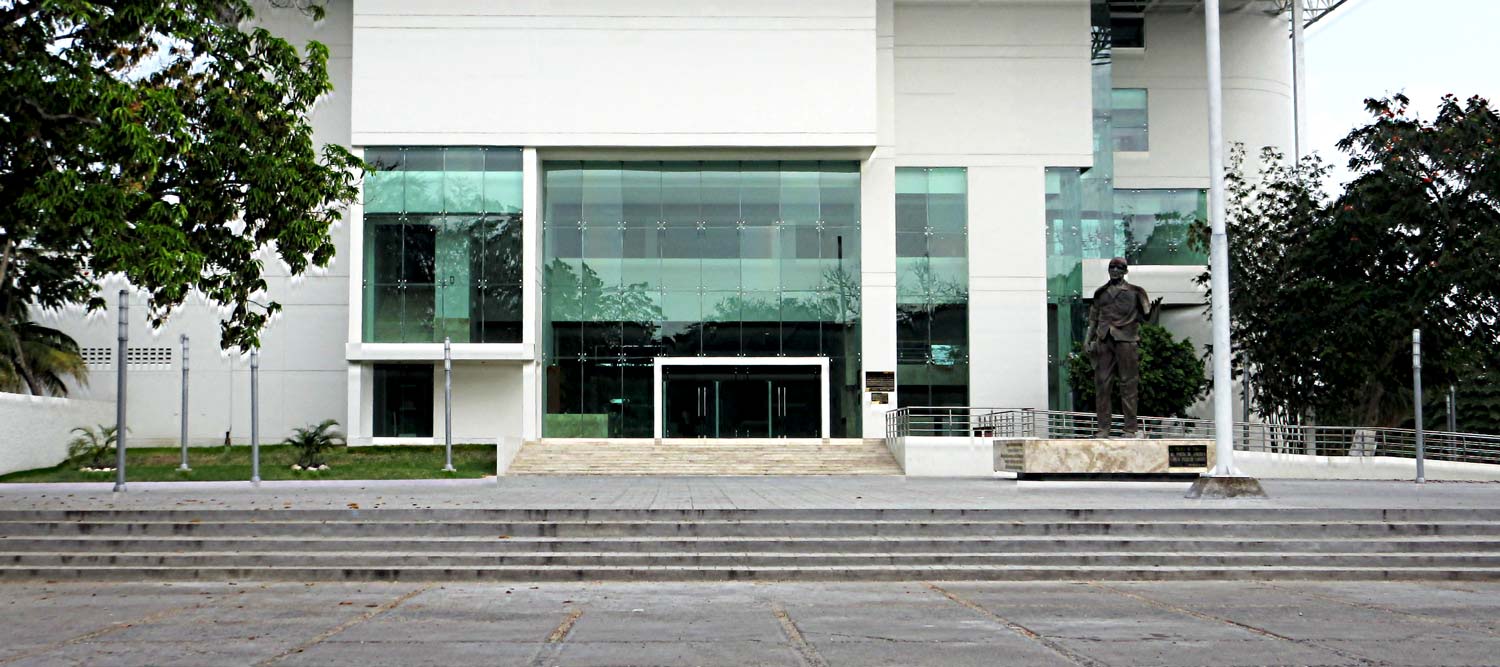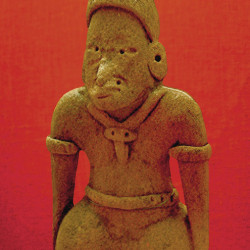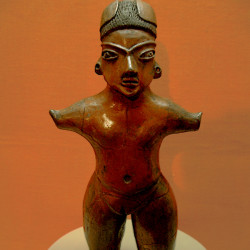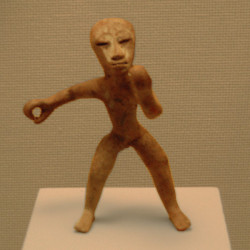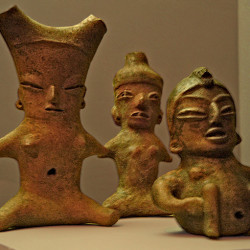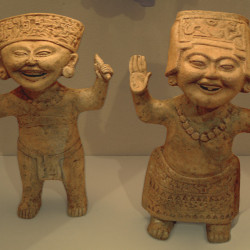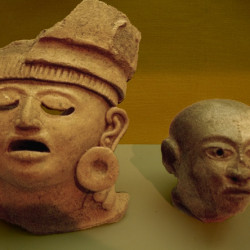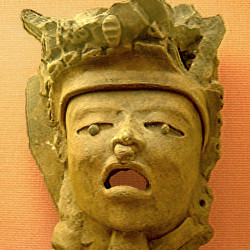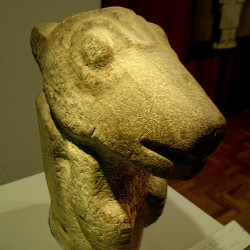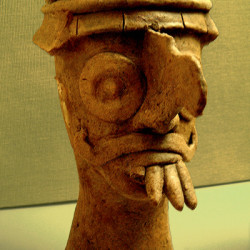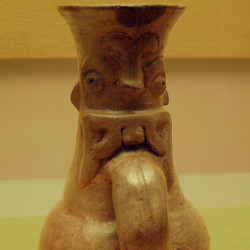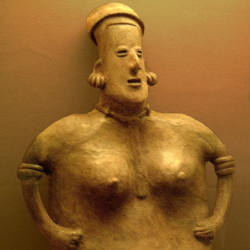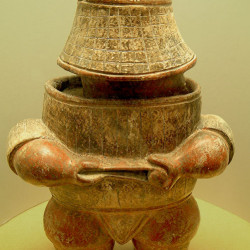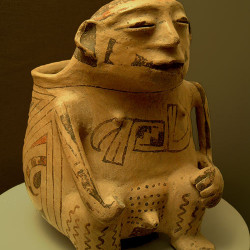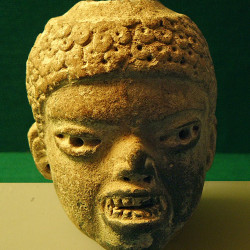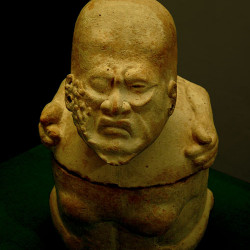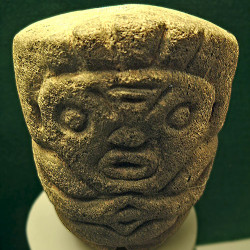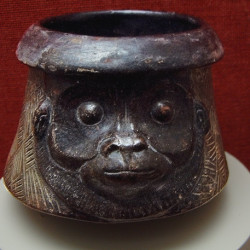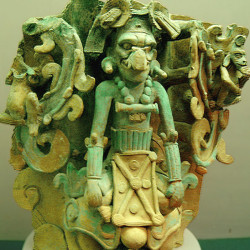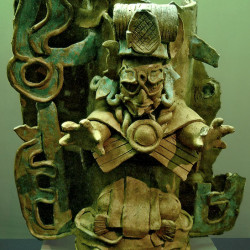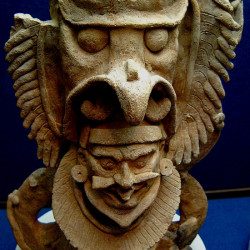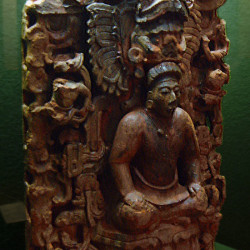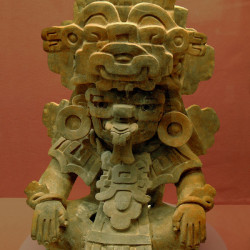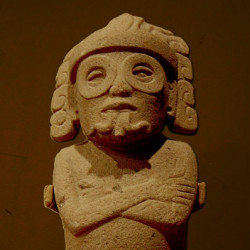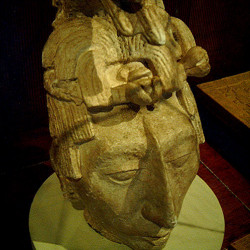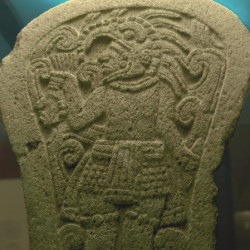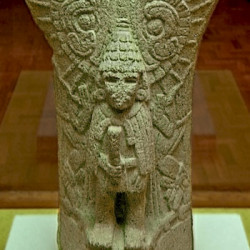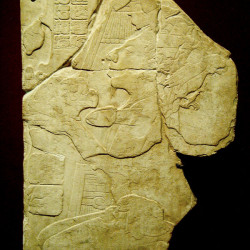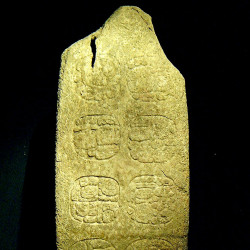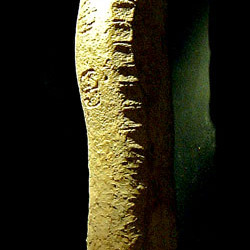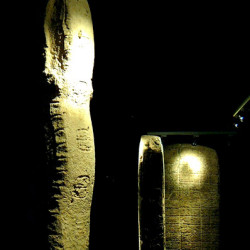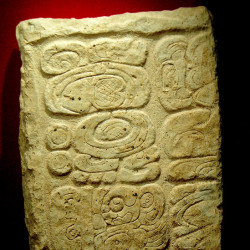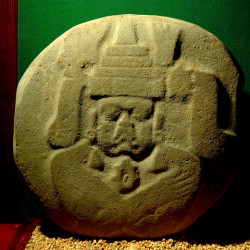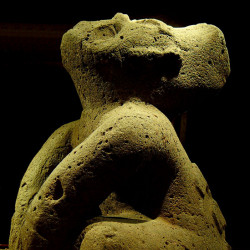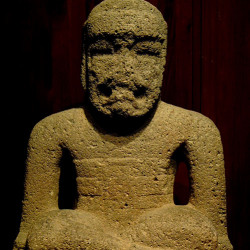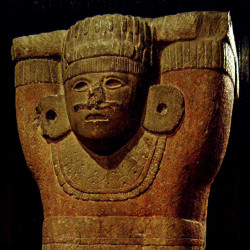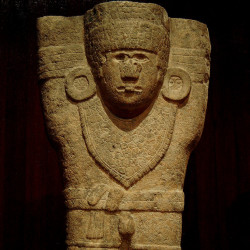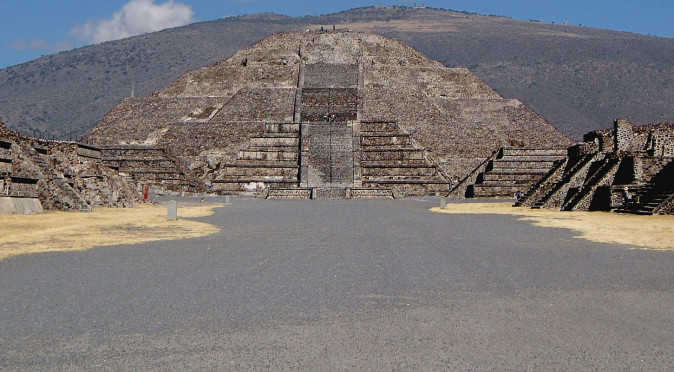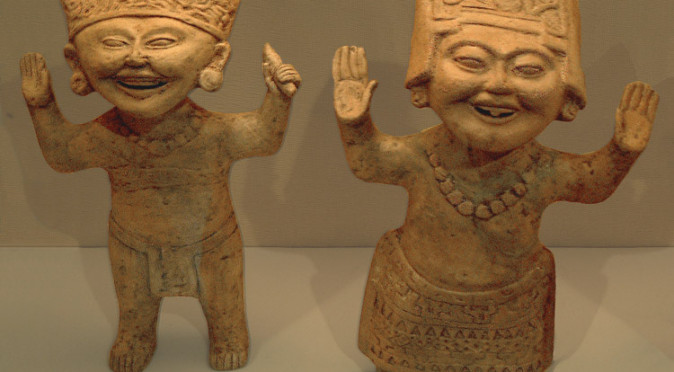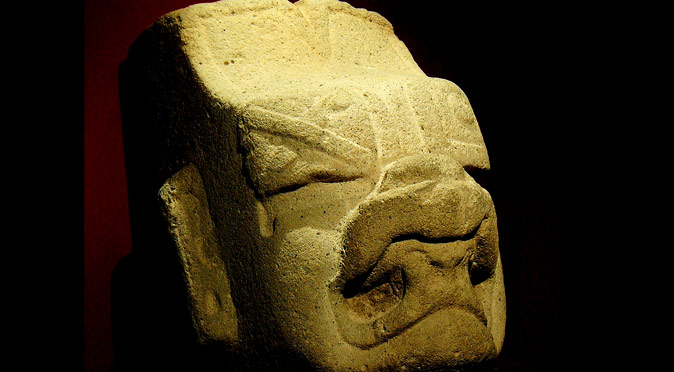The Museo Regional de Antropología Carlos Pellicer Cámara is part of the CICOM centre and is home to over 770 exhibits from the surrounding regions, which considering where Villahermosa is located, covers much of Mexico including Central Veracruz, the Valley of Oaxaca and the Mayan regions of Chiapas and Campeche. The museum was opened in 1980 and given its extended name in honour of Mexican poet Carlos Pellicer Cámara, who was born in Tabasco in the late 19th century. Cámara acted as curator and custodian to several museums and devoted much of his life to discovering and recovering pre-Hispanic art that had been 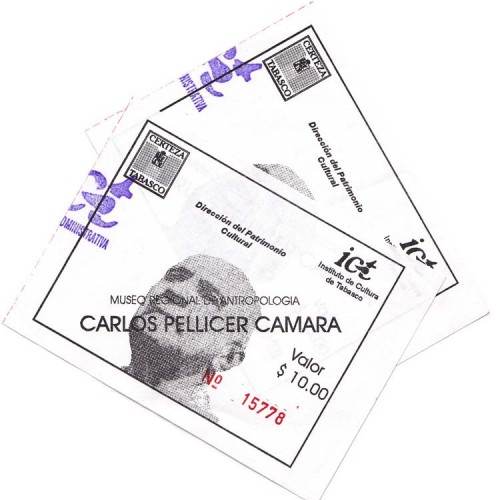
Tickets for the Museum , 2001lost or sold during the conquest and subsequent years of Christianisation.
The Museo Regional de Antropología Carlos Pellicer Cámara is home to one of the largest collections in Mexico – it is at least on a par with the Museo Nacional de Antropologia in Mexico City. The museum is home to many remarkable pieces, both large and small, from the seminal cultures of the Mesoamerican heartland; including the Olmec, Maya, Zapotec, Tlatilco, Huastec, and Aztec/Mixtec. If you are travelling around Mexico then you will inevitably pass through Villahermosa because it is the main hub between the east and west of the country. Whilst you are in town, there is also the equally inspiring Parque La Venta nearby, which is home to the iconic Olmec Heads and other defining artwork from the ancient Olmec.
The museum is perhaps most famous for housing a stele known as Monument 6 from Tortuguero, which was the source of much excitement when its decipherment suggested that the Mayan “Fifth Sun” was due to end in December 2012 – which many believed would bring the end of the world. 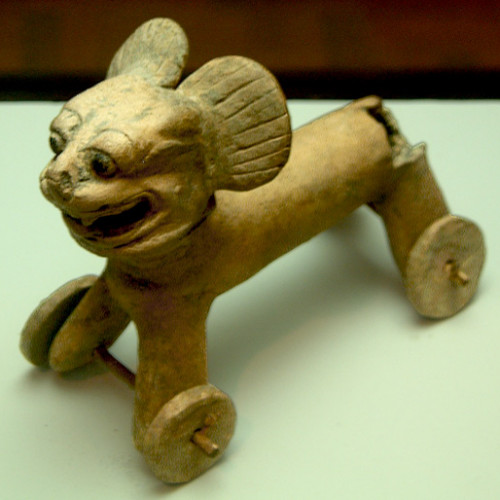
Jaguar Toy on Wheels Fortunately the stele was wrong, or at least the decipherment was, but that doesn’t lessen the intrigue on offer. One of the many other equally important pieces is a Mesoamerican wheeled jaguar. This quirky looking figurine (fig. W0354) looks like a toy and probably doubled-up as a whistle, but in actual fact is more likely to have been a relic of huge importance as the wheel was not commonly used – in fact wheels are only found on similar animal figurines, which is one of the enduring mysteries of Mesoamerica (click here to read more about this…). Another curiosity found within the cases at the museum are a pair of “Caritas Sonrientes”, or “smiling faces”. These happy little characters are quite common although no-one really understands their purpose or meaning. Happiness is rarely portrayed in Mesoamerican artwork – in fact, this family of figurines represents one of the few examples of happiness in over 2000 years of monstrous artwork, of which a huge cross-section is on display in the museum. There is also a distinctly oriental feel about many of the pieces within the collection at the Museo de Carlos Pellicer Cámara, the Caritas Sonrientes being one example, which does raise a question over whether there was an oriental influence at some point in the long history of Mesoamerica.
The Museo Regional de Antropología Carlos Pellicer Cámara is also home to some excellent examples of Olmec monumental sculpture. The Olmec are generally accepted as being the founding 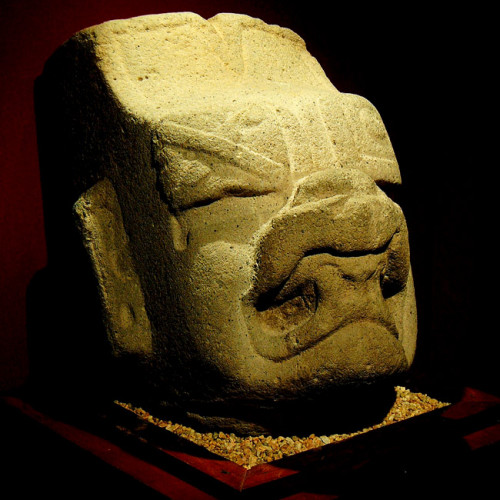
Fig. W0384 – Olmec Were-Jaguar civilisation of Mesoamerica, reigning in the Veracruz and Tabasco area from sometime before 1500BC to around 400BC. Considering there were no other noteworthy cultures living around them, the artistic skills they explored are breath-taking and mysteriously bewitching. Two of the pieces on display in the museum encapsulate their artistic and cultural ideology perfectly – the “were-jaguar” head (fig. W0384, left) and a statue of a “were-jaguar” sitting and looking to the sky (fig. W0383, in the gallery below). Not only do they represent a defining moment in the history of Mesoamerican art and culture, but they also allude to an Olmec belief that they descended from a Jaguar God (click here to learn more…). The Olmec are also famed for introducing the deadly Mesoamerican Ball-Game and there is a fine pair of “Palmas” on display, with the gruesome details of the sport carved intricately into them. There is also a quirky effigy of Tlaloc, a couple of superb examples of the god Cocijo and a selection of hellishly exquisite braziers to look out for too.
The museum was closed in 2007 due to destructive flooding, but reopened in 2012. The images below date from 2001, before the revamp, although the image in the header of this page is current.
Tlatilco Statue
Altiplano Central Feminine Statue
Classic Period Rowing Man
Tlatilco Femininas de Ceramica
Cultura de Remojadas – Smiling Faces
Central Veracruz – Clay Heads
Cultura de Remojadas Mask
Central Veracruz – Un Perro
Central Veracruz – Tlaloc
Monte Alban – Anthropomorphic Jug
Nayarit Lady
Man in Hat
Casas Grandas Cup
Olmec Statue Head
Olmec Diseased Man
Olmec Stone
Mayan Ceremonial Monkey Bowl
Tobasco Fire Basket
Tabasco Fire-Bucket
Tobasco Fire Basket
Shrine of Teapa
Statue of Cociyo
Statue of Cociyo
Statue of Pakal
Central Veracruz Palma (Back)
Central Veracruz Palma (Front)
Cocoa Offering Stele
Monument 1, Tortuguero
Monument 2, Tortuguero
Tortuguero Stelae
Mayan Glyphs
Olmec Stone Relief
Olmec Statue
Olmec Statue
Chichen Itza Atlantean
“Atlantean” from Chichen Itza

